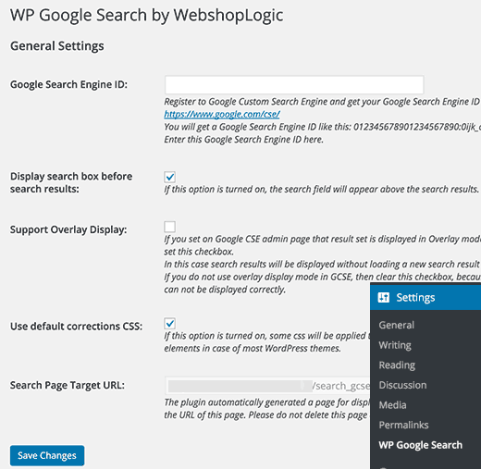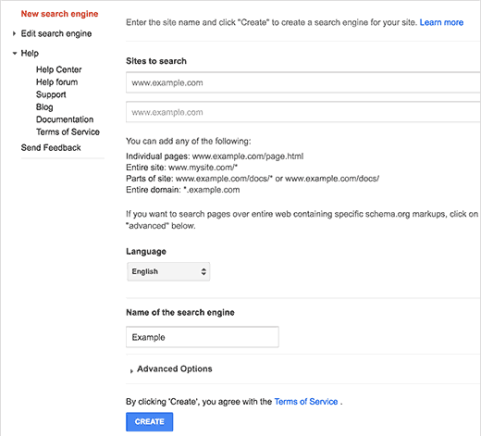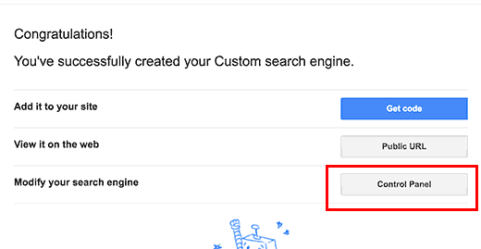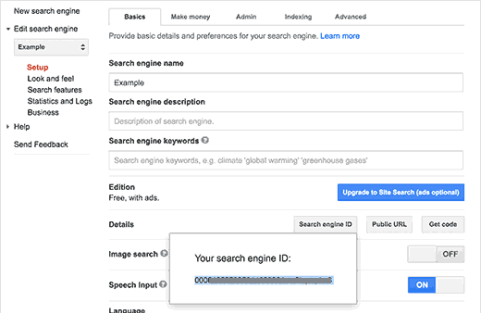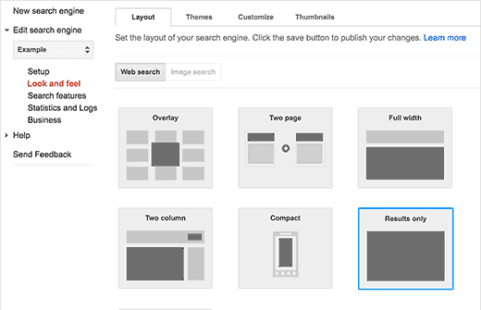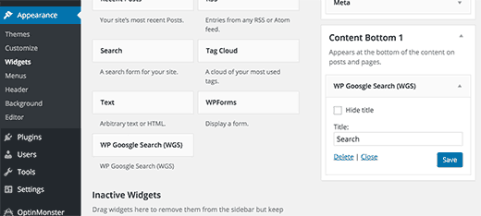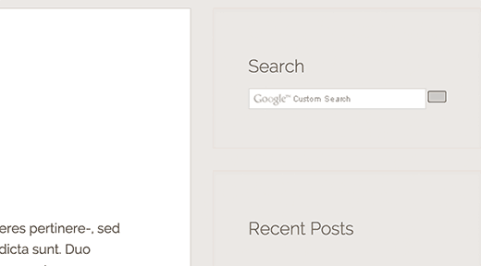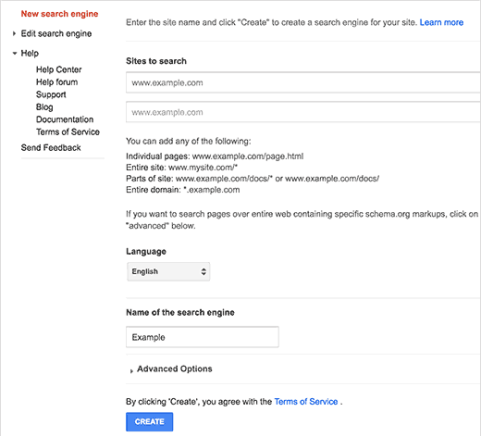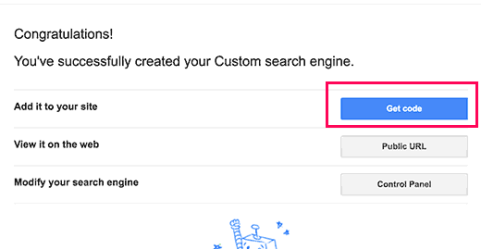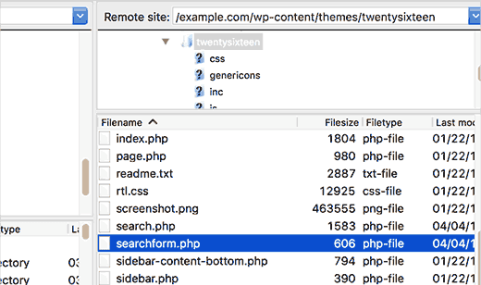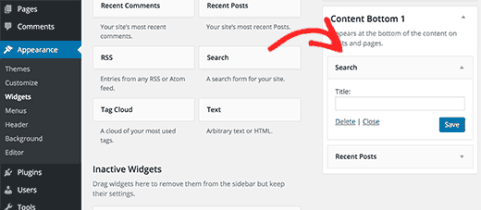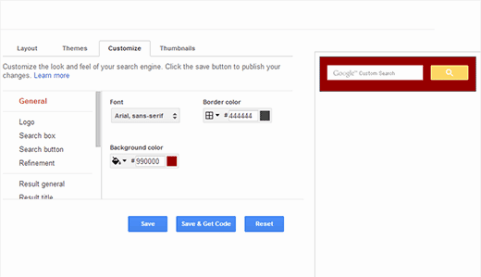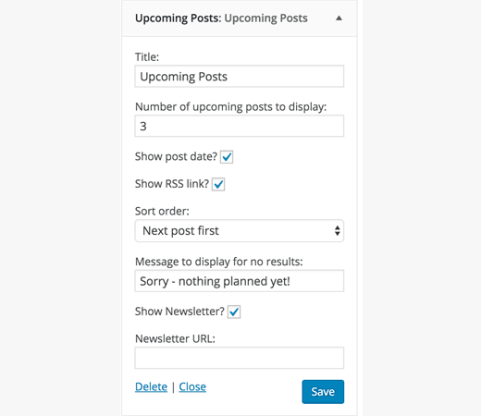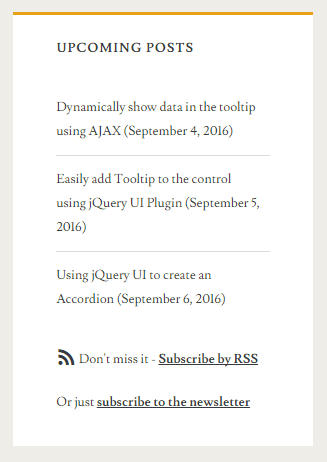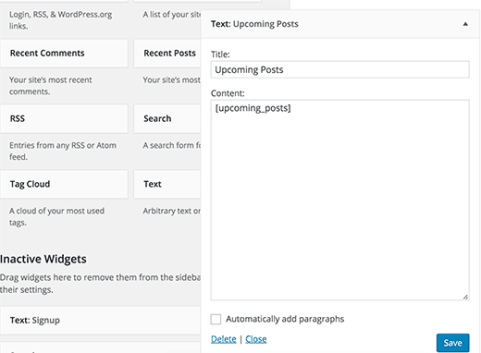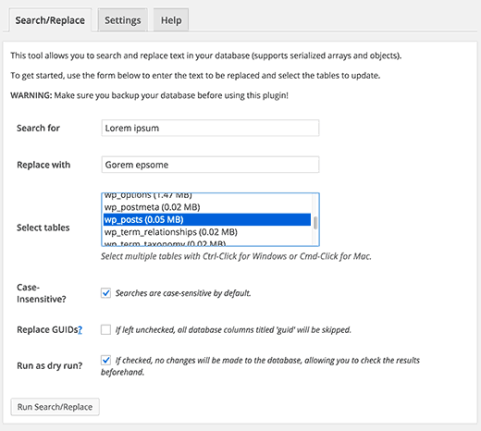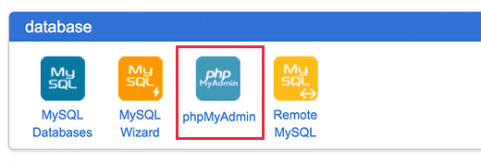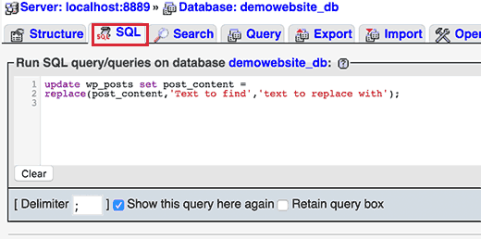In this tutorial, we will learn how to fix “Upload: failed to write file to disk” error in WordPress.
What Causes Failed To Write File To Disk Error in WordPress?
This error can occur due to a number of reasons. However, the most common one is incorrect folder permissions.
Each file and folder on your website has a set of permissions. Your web server controls access to the files based on these permissions.
Incorrect permissions to a folder can take away your ability to write files on server. This means your web server cannot create or add new files to that particular folder.
If you try to upload images or any other files from WordPress admin area, you will get one of the following error messages:
- WordPress failed to write to disk
- WordPress has failed to upload due to an error failed to write file to disk
- Unable to create directory wp-content/uploads/2016/03. Is its parent directory writable by the server?
Fix Upload Failed to Write to Disk Error in WordPress
First, you need to connect to your WordPress site using a FTP client.
For this tutorial, we are using the free FileZilla FTP client. If you are using some other FTP client, then it might look a little different.
Once you are connected, you need to right click on the wp-content folder and select file permissions.
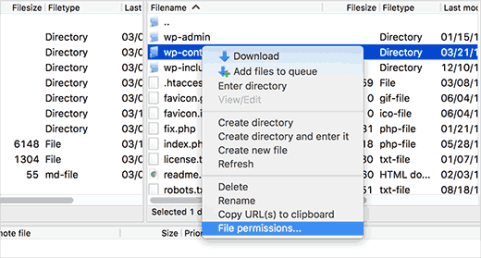
This will bring up file permissions dialog box in your FTP client. It will show you file permissions for owner, group, and public.
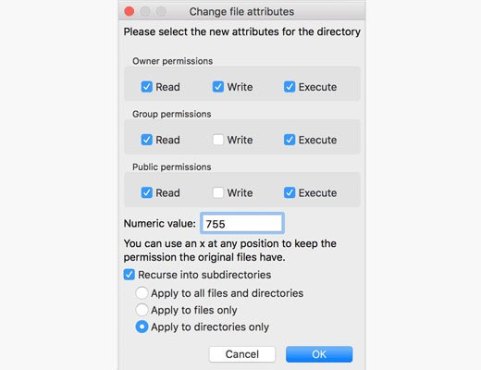
You need to enter 755 in the numeric value field.
After that, you need to check the box next to ‘Recurse into subdirectories’.
Lastly, you need to click on ‘Apply to directories only’ option.
Click on the OK button to continue.
Your FTP client will now set folder permissions to 755 and apply it to all sub-folders inside wp-content. This includes uploads folder where all your images are stored.
You also want to make sure that file permissions for individual files in your wp-content folder are correct.
Once again, right click on wp-content folder and select file permissions. This time we will change permissions for files.
Enter 644 in the numeric value and then check the box next to ‘Recurse into subdirectories’.
Lastly, you need to click on ‘Apply to files only’ option.
Click on the OK button to continue. Your FTP client will now set file permissions to 644 for all files in wp-content folder.
You can now visit your WordPress site and try uploading files.
If you still see the error, then you will need to contact your WordPress hostingprovider and ask them to empty the temporary files directory.
WordPress uploads your images using PHP which first saves the uploads to a temporary directory on your web server. After that it moves them to your WordPress uploads folder.
If this temporary directory is full or is poorly configured, then WordPress will not be able to write the file to disk.
This temporary folder is located on your server and in most cases you cannot access it using FTP. You will need to contact your web host and ask them to empty it for you.
We hope this tutorial helped you resolve ‘Upload: Failed to Write File to Disk’ Error in WordPress.


